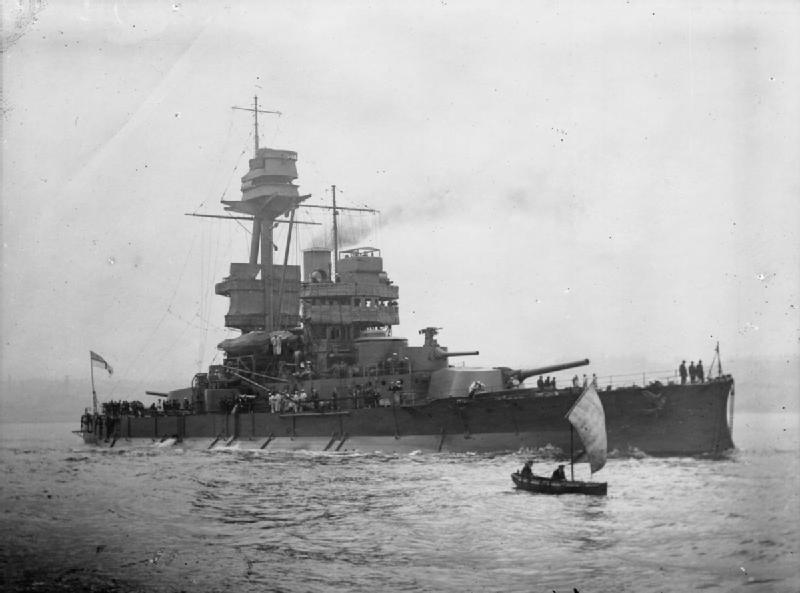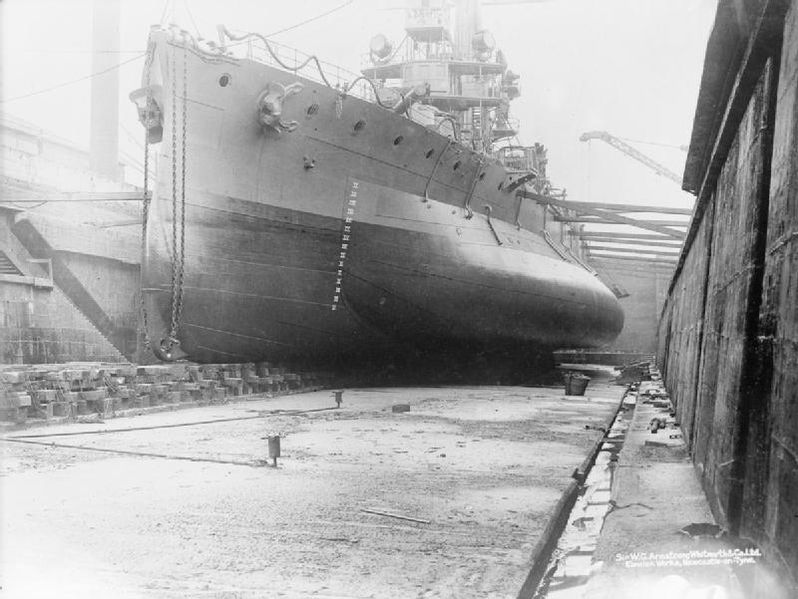HMSAS
Rhinoceros (TS-Mon 1918)
Back to Commonwealth Ships
List
This ship started life laid down as one of a pair of Coast Defence ships for
Norway. Eventually both ships were completed as Monitors in 1918 for the Royal Navy
renamed the Glatton and Gorgon. The Glatton was sunk in Dover Harbour to prevent a magazine
explosion while the Gorgon was transferred to the Southern African Navy in 1923.
The Southern African Navy was always short of ships that could be used as
dedicated Training ships. If the ship was too modern and/or in a class that the
SAN Admiralty needed for fleet duties the ship would never see a cadet or
trainee. Ships like the old armoured cruisers and pre-dreadnoughts were just
what was needed. The RN in completing these ships had converted the original
9.4" guns by resleeving them to the RN 9.2" standard weapon size. In doing so the RN had created
some of the longest ranged guns of WW1 (except the 3x18" guns completed for Furious).
With superfiring charges the guns fired their 380-390lb shells out to 39,000
yards. Several spare barrels were made for both ships as barrel wear using the
superfiring shells was extreme. The superfiring shells were only used in time of
war. The guns made a range of 30,000 yards with standard charges.
.png)
Having such a large coastline to protect this ship combined its training
duties with coast defence patrols. The ship may not have been fast and the
triple expansion engines coal fired, but these were not detrimental to the
sterling service provided by this ship. Chasing pirates, ivory smugglers, and
slavers, was all in a days work for the Rhinoceros.

The power operated twin 4" turrets were fitted in place of the fore and aft
single 6". These were excellent for keeping the bombers high. The guns were
fitted in the Rhinoceros' last refit, refurbishment, prior to the Rhinoceros
being dispatched to the Middle East Theater of operations. The 2pd quad
mountings had been fitted in 1937. The side mounted 6" had been removed in the
1920's to allow for the fitting of power boats that could be used to chase dhows
up rivers and into bays the Rhinoceros could not enter itself. The 20mm and
Radar were added during refits at Alexandria.
.png)
There was a great need along the North
African coast, in support of the Army of Egypt against the Italians then also
the
Germans, for fire support ships, and the Rhinoceros helped fill this role.
Rhinoceros was leader of the "Rag Tag Flotilla" with Insect class and other
shallow draft gunboats being used as escorts to coastal convoys along the coast
of North Africa. Dueling with German tanks and Stukas was now a daily part of
the Rhinoceros' existence.
| Displacement |
5,800 tons std 7,050 tons full load |
| Length |
310 ft |
| Breadth |
55 ft (74 ft bulged)
|
| Draught |
16 ft |
| Machinery |
2 shaft triple expansion, 4,000ihp |
| Speed |
12 knots |
| Range |
4,000 miles at
8
knots |
| Armour |
7" side, 2.5" deck, 8" turrets |
| Armament |
As completed
2 x 9.2" (2x1)
4 x 6" (4x1)
2 x 4.7" (2x1)
2 x 3" AA (2x1)
2 x 2pd AA (2x1) |
With refits to 1941
2 x 9.2" (2x1)
4 x 4" (2x2)
8 x 2pd AA (2x4)
8 x 20mm (1x2, 6x1)
|
| Aircraft |
nil |
| Torpedoes |
2 x 18" submerged |
nil |
| Complement |
305-320 |
| Notes |
HMSAS Rhinoceros (ex HMS Gorgon)
HMS Glatton, sunk in Dover harbour 1918 |

Note the large bulging fitted to the ship.
Back to Commonwealth Ships
List
.png)

.png)
